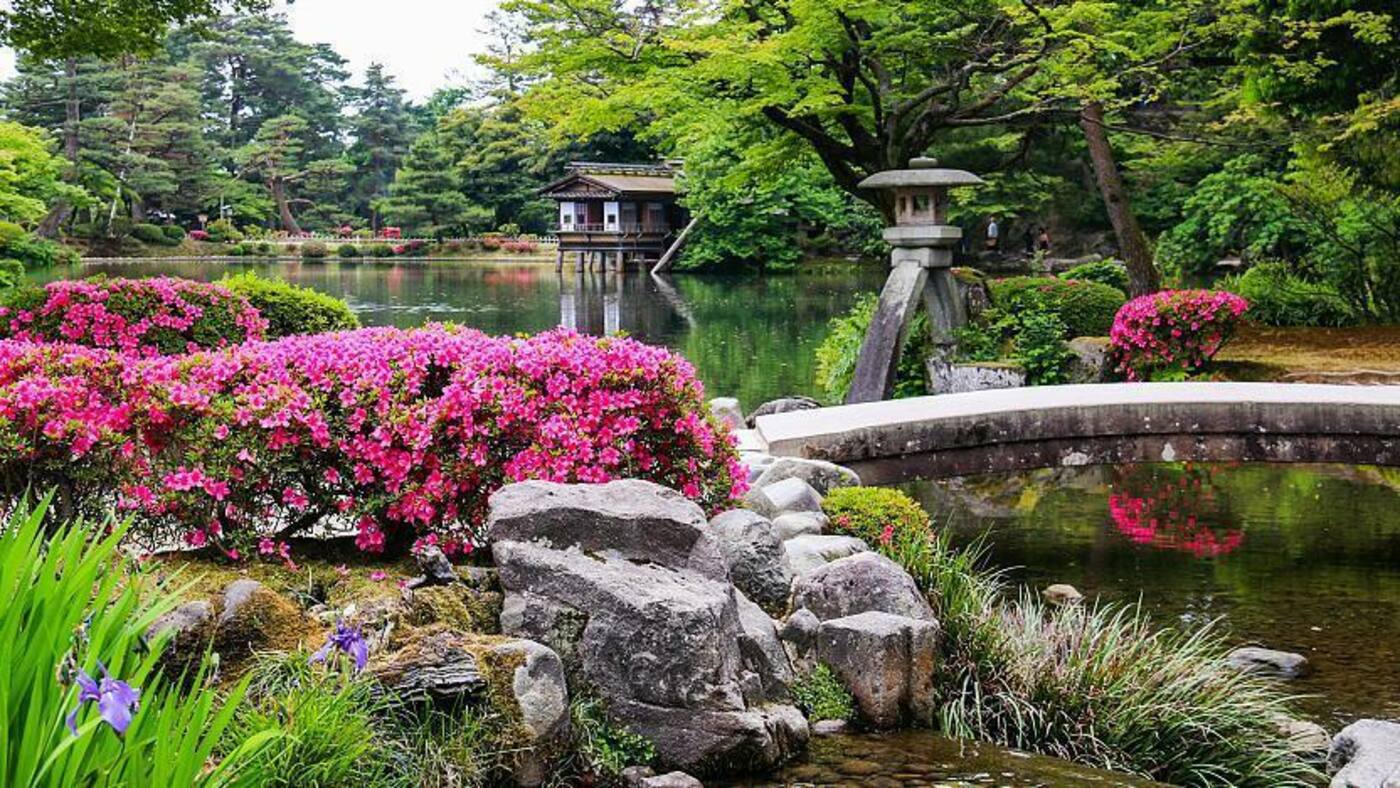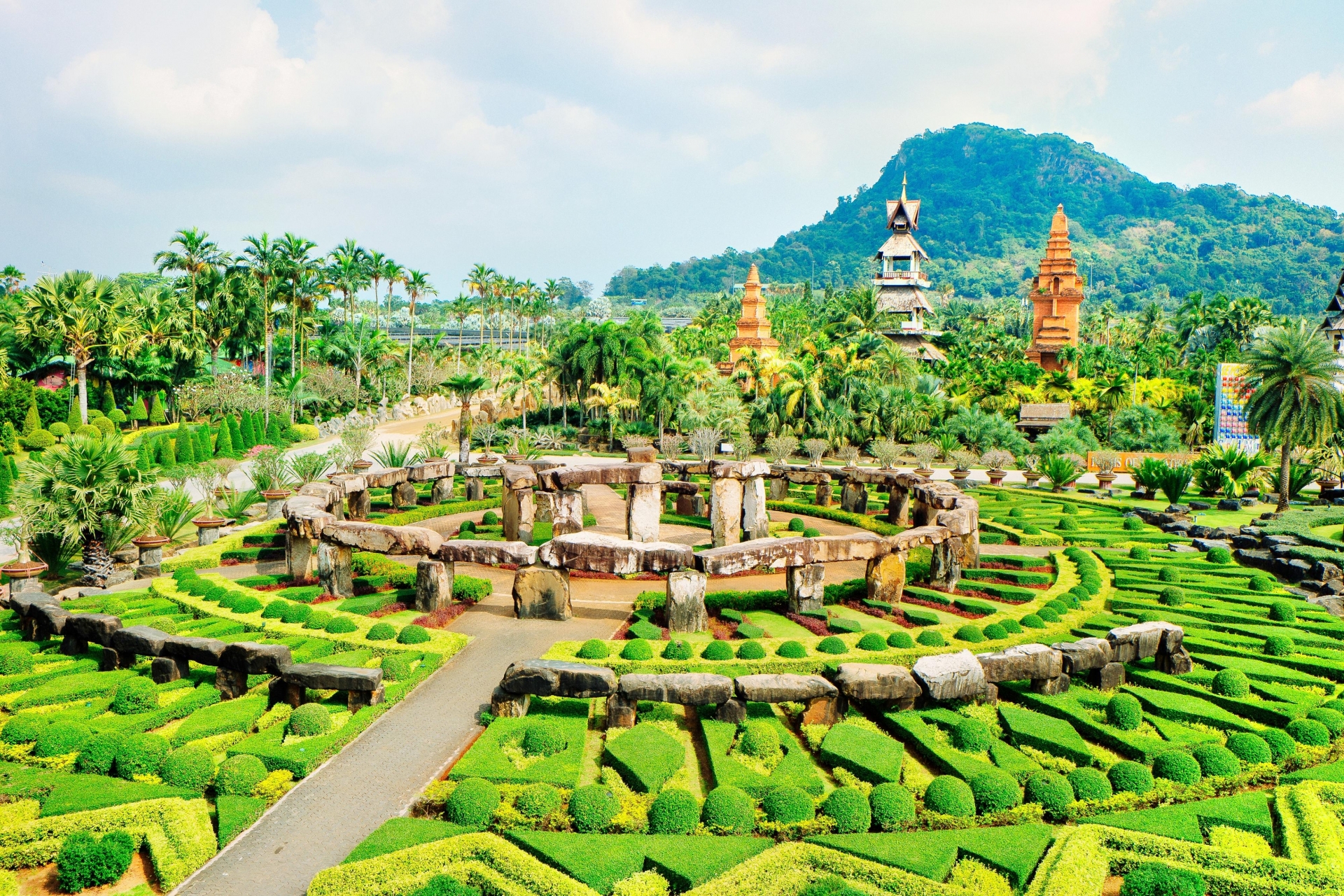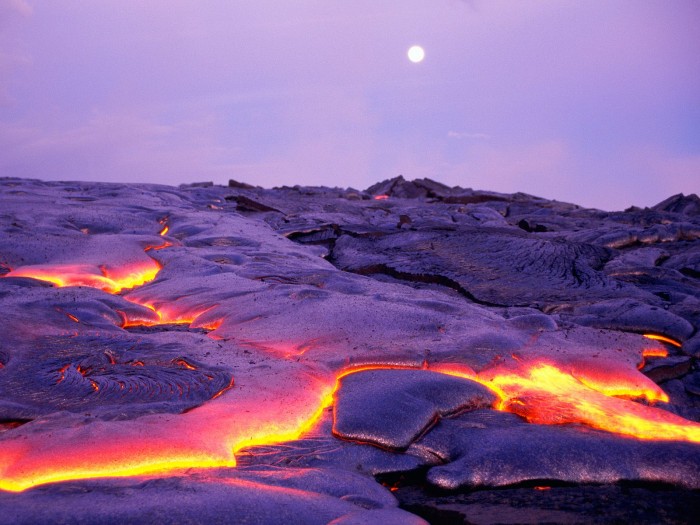
The Importance of Botanic Gardens in Cities
There is no doubt that more emphasis is being placed on the maintenance of green spaces compared to past years to preserve the planet and improve the living areas for urban residents. Urban environments have significant limitations for those that are unable to experience a rural lifestyle. A typical example is how vegetation has been reduced significantly due to urbanization. This has only led to pollution, soil erosion, increased flooding, climate change, loss of habitat, and sediment.
1 Botanic Gardens in Cities
There are numerous benefits of green spaces, both for the environment and for individuals. Botanic gardens provide educational, cultural, and conservational benefits to the broader community.
Mental Benefits
Urbanization can affect your mental health in ways you wouldn’t expect. Experts have revealed that the problem of mental health is more evident in urban areas than rural locations. One of the primary reasons for this is increased stressors. Increased workloads, smaller housing, and large amounts of unknown people all contribute to heightened stress levels. Air pollution can also directly lead to mental illnesses.
Botanic gardens can help when it comes to psychological conditions like mood disorders, anxiety, and depression. If you are feeling stressed up, green spaces can help to make you feel better. Other benefits include improved memory, creativity, and focus.
Conservation
This is one of the physical benefits that green spaces are experiencing native, flowering flora. Botanic Gardens often make the perfect place for housing and nurturing endangered plant species. Some studies say that as much as 40% of all endangered plant species are in botanic gardens. Because of the scientific nature of conservation, the gardens have to be well maintained and labeled.
Improving Air Quality
According to World Health Organization, air pollution kills over 6million people annually. The primary reason for this is that it exposes them to various abnormal conditions such as acute/chronic respiratory diseases, lung cancer, heart disease, stroke, asthma, and many others. Air pollution is a silent killer that most governments are thinking about how to overcome. For instance, there have been solutions and recommendations, such as switching over to green energy sources and electric vehicles.
Although these are great, the adoption and practice of green spaces will have a better impact. For instance, there are gaseous pollutants in the air that are significant contributors to air pollution. All of such contaminants can be absorbed by plants. After this has been done, oxygen will then be released into the air. The bottom line is that with green spaces, you will experience better air quality.
2 The Greenest Cities in the World
This section will be aiming to discuss some of the world’s greenest cities, as researched by Compare the Market. Believe it or not, these locations are making headlines more than ever before.
Chengdu, China
The efforts that Chengdu is putting towards the development of a green city are pretty amazing. In 2019, it announced plans to build approximately 10,000 pockets in various locations. These will serve as spots where people can spend quality time and have fun. The primary aim of the project is to ensure that more green spaces are created in the city. This means that unlicensed and dangerous structures will be demolished. With such a green development around, you can rest assured that Chengdu has proven to be one of the most dynamic locations.
Oslo, Norway
There is no doubting that Oslo, Norway, is one of the few locations that have managed to provide a blueprint for building a green city. There are lots of parks here to support such a claim. In 2019, its efforts got recognized by the European Commission. This is how Oslo got the title of “European Green Capital.”
Nanjing, China
Nanjing is another city that has proven to be quite ambitious in its bid to create green spaces. It is one city that has managed to maintain its historical value over the years. This is evident in the number of forests and parks that exist. Landscape ecology principles are what its green space development has been based on.
3 The Most Beautiful Gardens
Below are some of the most beautiful gardens in the world.
Kenrokuen
This garden can be found in Kanazawa, Japan. It is more than 200years old and still manages to attract tourists from various parts of the world. This garden is unique because it effectively combines six features – panoramas, watercourses, antiquity, artifice, seclusion, and spaciousness.
Nong Nooch
This Thailand garden is the complete definition of beauty. The first thing that will catch your attention is its beautiful tree plantation. You will have a firsthand experience of Thailand with regards to its music, food, and dance. Nong Nooch is a perfect spot for relaxation.
Brooklyn Botanic Gardens
There is something that has made this garden popular – its cherry trees (200). If you are passionate about plants, the garden can meet your needs. It has lots of fascinating collections like Crape-Myrtles, Daffodils, Crabapples, and others.
Kew Royal Gardens
This is a garden in the United Kingdom that most people consider “very special.” Amongst other Victorian glasshouses that have survived over the years, it seems to be the largest. Its contributions towards studies involving plant diversity have been noted.
Final Verdict
More efforts should be channeled to ensure that existing green spaces are preserved and integral to all urban areas. This is beneficial to both the environment and human wellbeing.


















